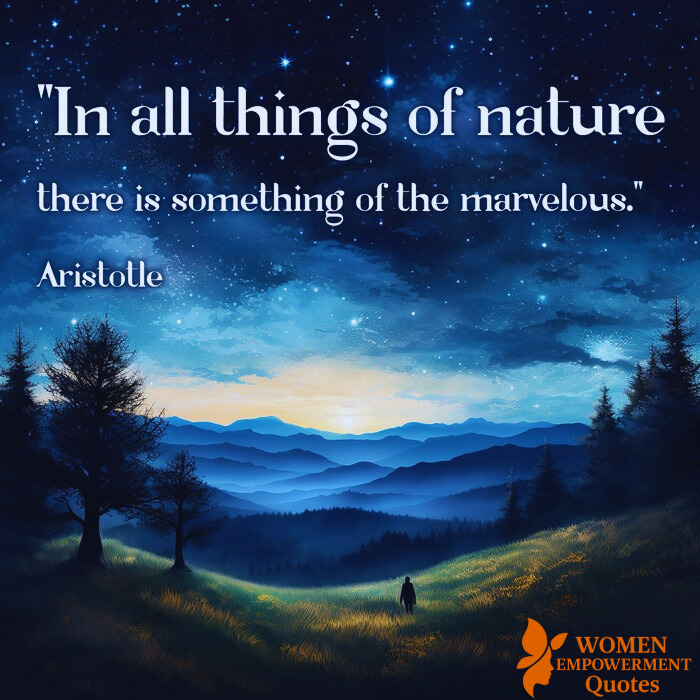
Aristotle once wrote, “In all things of nature there is something of the marvelous.” With this simple truth, he invites us to see the world not just through logic, but with wonder.
Nature holds a silent brilliance—a snowflake’s perfect geometry, the quiet intelligence of a bee’s dance, or the way forests breathe life into the world. These aren’t just facts of science; they’re reminders that we live surrounded by miracles we often forget to see.
Beneath its surface, nature tells a story of balance. Every creature plays a role, no matter how small. The tiniest microbe, the swiftest falcon, the tallest tree—each contributes to a vast, interconnected design. In that delicate balance, we witness not just survival, but harmony—an elegance honed through countless generations.
Nature doesn’t waste. The wing of a bird is a masterclass in flight efficiency. The leaves of a plant bend toward light with quiet purpose. These aren’t accidents—they’re lessons. Engineers and scientists today still look to the natural world for inspiration, seeking sustainable solutions written in nature’s own script.
And then, there is the beauty: the sweep of mountains at dawn, the hush of snowfall, the impossible color of coral reefs. This beauty isn’t just pleasing—it connects us to something larger, something timeless. Artists, poets, and dreamers have long turned to nature to give form to the feelings we struggle to express.
Aristotle knew that by observing nature, we uncover more than knowledge—we uncover meaning. His legacy reminds us to look with curiosity, to question, to wonder. It is this very spirit that has led to some of humanity’s greatest discoveries—from the secrets of the stars to the inner workings of cells.
Ultimately, the marvels of the natural world are not just things to be studied—they are gifts to be felt, honored, and protected. They remind us not just of how life works, but why it matters.